Table of content
White boiled pork, known in Chinese cuisine as báizhǔròu (白煮肉), is a dish that epitomizes simplicity and elegance. Rooted in traditional cooking methods, this preparation highlights the natural flavors of pork while achieving a texture that is melt-in-your-mouth tender. Though the name suggests a minimalist approach, achieving perfection in this dish requires attention to detail, from selecting the right cut of meat to mastering the cooking technique. This article delves into the history, techniques, and tips for creating a memorable white boiled pork dish that will impress even the most discerning palates.
The Humble Origins of White Boiled Pork
White boiled pork has been a staple in Chinese households for centuries, particularly in regions like Beijing and Shandong. Unlike more elaborate dishes that rely on heavy seasonings or complex sauces, this recipe celebrates the purity of ingredients. Its origins can be traced back to the Ming Dynasty, when imperial chefs sought ways to showcase the quality of meat without overwhelming it with spices. Over time, the dish evolved into a beloved comfort food, often served during family gatherings or festive occasions.
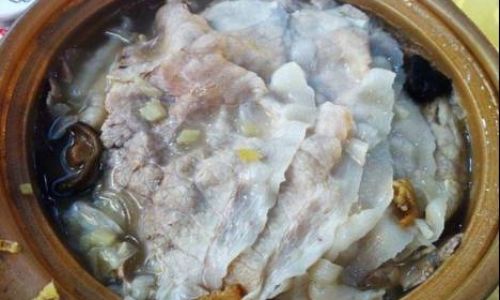
The beauty of white boiled pork lies in its versatility. It can be enjoyed warm or cold, sliced thinly and paired with a variety of dipping sauces, or incorporated into salads and sandwiches. Its minimalist preparation also makes it a healthier alternative to fried or heavily marinated meats, as it retains more of its natural nutrients.
Key Ingredients for Success
To create the perfect white boiled pork, you’ll need the following ingredients:
- Pork Belly or Shoulder: The star of the dish, pork belly is preferred for its ideal fat-to-meat ratio, which ensures tenderness and moisture. If you prefer a leaner option, pork shoulder (also called pork butt) works well but may require slightly shorter cooking times.
- Aromatics: Fresh ginger, scallions, and garlic form the flavor base. These ingredients infuse the meat with subtle fragrance without overpowering it.
- Spices (Optional): Star anise, Sichuan peppercorns, or bay leaves can be added for depth, though traditionalists often omit them to keep the focus on the pork’s natural taste.
- Dipping Sauce: A mixture of soy sauce, rice vinegar, minced garlic, chili oil, and sesame seeds elevates the dish. Some variations include fresh cilantro, crushed peanuts, or a dash of sugar for balance.
Step-by-Step Preparation
Selecting the Meat
The quality of your pork is non-negotiable. Look for fresh, marbled pork belly with a even layer of fat. If possible, opt for heritage-breed pork, as it tends to have superior flavor and texture. Avoid cuts with excessive fat or gristle, as these will result in a greasy or chewy final product.
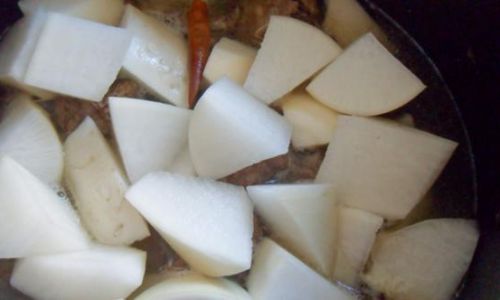
Preparing the Meat
- Blanching: Start by blanching the pork to remove impurities. Submerge the meat in a pot of cold water, bring it to a boil, and simmer for 2–3 minutes. Drain and rinse under cold water to halt cooking. This step ensures a cleaner broth and reduces unwanted scum.
- Scoring the Skin (Optional): If using pork belly with skin, lightly score the surface in a crosshatch pattern. This helps the fat render more evenly and allows the meat to absorb flavors during cooking.
Simmering to Perfection
- The Cooking Liquid: In a large pot, combine 8–10 cups of water, sliced ginger, smashed garlic cloves, and a handful of scallions. For a subtle hint of warmth, add a star anise pod or a pinch of Sichuan peppercorns.
- Temperature Control: Bring the liquid to a gentle simmer—never a rolling boil. High heat will cause the meat to toughen, while low heat ensures gradual, even cooking.
- Cooking Time: Simmer the pork for 1.5–2 hours, depending on thickness. Pork belly typically requires the longer end of the range, while shoulder may be ready in 90 minutes.
Testing for Doneness
The meat is done when a skewer inserted into the thickest part meets little resistance. The internal temperature should register 145–160°F (63–71°C) on a meat thermometer. Overcooking will result in dryness, so err on the side of caution.
Resting and Chilling
Once cooked, transfer the pork to a plate and let it rest for 15–20 minutes. This allows the juices to redistribute, ensuring moisture retention. For easier slicing, refrigerate the meat for 2–3 hours until chilled but not frozen.
Slicing Technique
Using a sharp knife, slice the pork as thinly as possible against the grain. Thin slices maximize surface area, making each bite more tender and flavorful. If the meat is too soft to slice neatly, return it to the refrigerator for an additional 30 minutes.
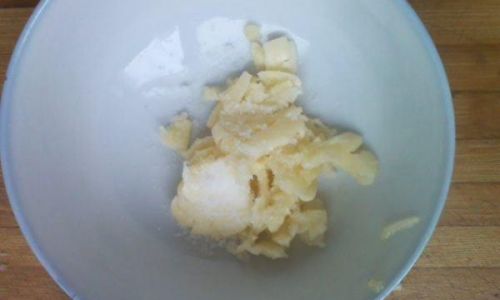
Crafting the Perfect Dipping Sauce
The dipping sauce is where creativity shines. A classic combination includes:
- 3 tbsp soy sauce (light or dark, depending on preference)
- 1 tbsp rice vinegar
- 1 tsp sesame oil
- 1 minced garlic clove
- 1 tsp chili oil or fresh chili flakes
- 1 tsp sugar (optional)
- Finely chopped cilantro or green onions
Whisk the ingredients together and adjust to taste. For a tangier profile, increase the vinegar; for heat, add more chili. Some cooks also incorporate crushed peanuts or a drizzle of hot oil for texture.
Tips for Achieving Restaurant-Quality Results
- Use a Heavy-Bottomed Pot: A thick-bottomed pot distributes heat evenly, preventing hotspots that could scorch the meat.
- Skim Impurities: During simmering, periodically skim off any foam or scum that rises to the surface. This keeps the broth clear and the meat pristine.
- Avoid Overcrowding: Ensure the pork is fully submerged in the cooking liquid but not crowded. Overcrowding lowers the liquid temperature, leading to uneven cooking.
- Leverage the Broth: After cooking, strain and reserve the broth. It makes an excellent base for soups or ramen, infused with porky richness.
- Experiment with Texture: For a crispy twist, briefly pan-sear the sliced pork in a hot skillet after boiling. This adds contrasting textures to the dish.
Variations and Regional Twists
While the classic recipe is timeless, regional variations offer exciting twists:
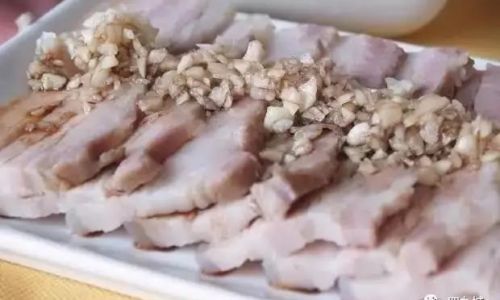
- Sichuan-Style: Add doubanjiang (chili bean paste) and Sichuan peppercorns to the broth for a numbing, spicy kick.
- Cantonese Approach: Substitute pork belly with leaner cuts like tenderloin and serve with a sweet soy-ginger sauce.
- Korean Adaptation: Pair the pork with ssamjang (a spicy fermented bean paste) and lettuce wraps for a fusion dish.
Serving Suggestions
White boiled pork shines when paired with complementary flavors and textures:
- Cucumber Salad: Thinly sliced cucumbers tossed in rice vinegar and sesame oil provide a refreshing crunch.
- Steamed Buns: Serve the pork in mantou (Chinese steamed buns) with hoisin sauce for a portable snack.
- Pickled Vegetables: Balance the richness with tangy pickled daikon or carrots.
- Herb Garnishes: Fresh cilantro, mint, or basil leaves add a burst of freshness.
Common Mistakes to Avoid
- Overcooking the Meat: Pork is forgiving, but prolonged simmering dries it out. Start checking for doneness after 90 minutes.
- Using Lean Cuts Without Adjustments: Leaner cuts like loin require shorter cooking times to avoid toughness.
- Neglecting the Dipping Sauce: A bland sauce can undermine the dish. Taste and adjust seasonings boldly.
- Slicing Too Thick: Thick slices are chewy and less receptive to the sauce. Invest in a sharp knife for paper-thin slices.
The Cultural Significance of White Boiled Pork
Beyond its culinary appeal, white boiled pork holds cultural weight. In Chinese households, it symbolizes simplicity and humility—a reminder that true flavor need not be elaborate. During festive occasions like Lunar New Year, it often graces the table as a symbol of prosperity and togetherness.
Conclusion
White boiled pork is a testament to the power of restraint in cooking. By focusing on quality ingredients and precise technique, even a dish with minimal seasonings can achieve extraordinary depth. Whether you’re a novice cook or a seasoned chef, mastering this recipe offers a gateway to understanding the philosophy of Chinese cuisine: balance, harmony, and respect for the ingredient’s essence.
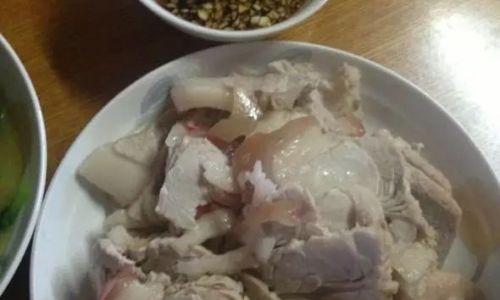
Next time you’re craving comfort food, skip the fuss and embrace the elegance of white boiled pork. With practice, you’ll find that simplicity, when executed with care, is anything but ordinary.
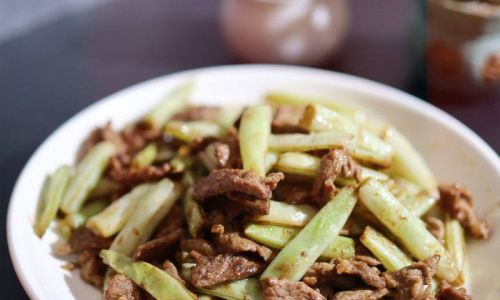
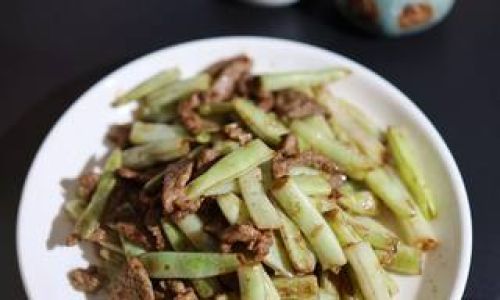
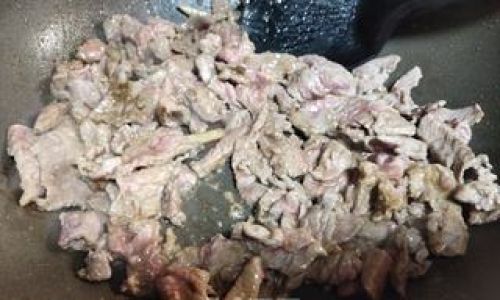
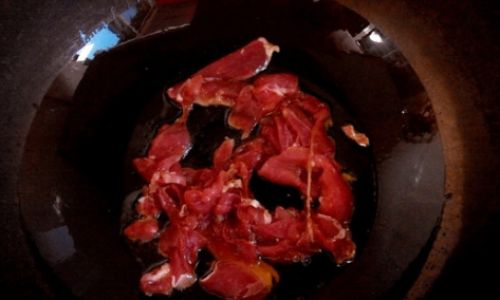
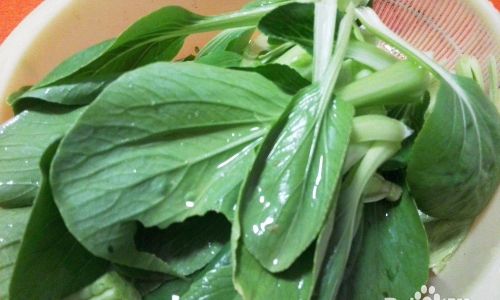
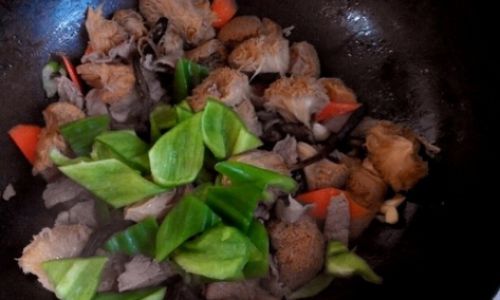
0 comments